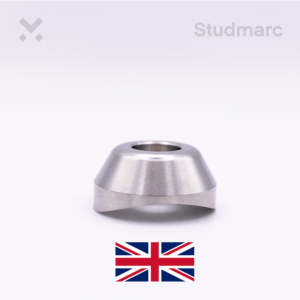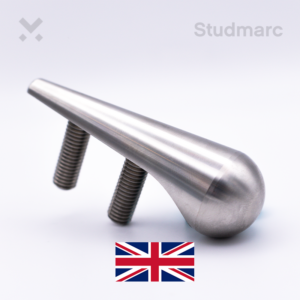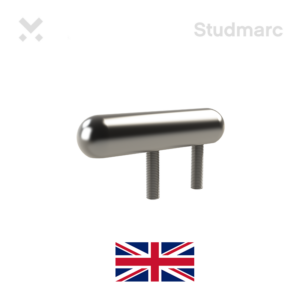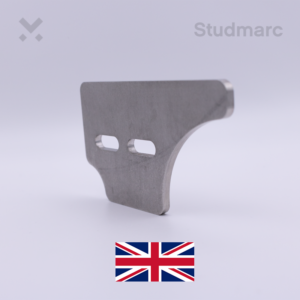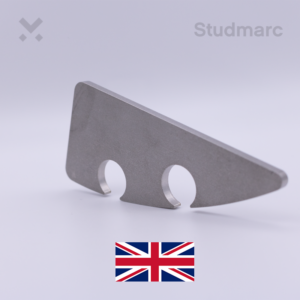What are anti-skate studs?
Anti-skate studs and their uses
Anti-skate studs are metal implements added to long straight edges on outdoor structures, furniture, and features to prevent skateboarders and BMX riders from grinding on them. Their use prevents damage and the need to repair or replace anything that has been improperly used.
Anti-skate stud installation points
Anti-skate studs can often be found in such places as:
- Wall ledges
- Planter ledges
- Stair edges
- Handrails
- Benches
- Table edges
- Seating
Anti-skate stud materials
Anti-skate studs are almost always made of metal due to the need for them to remain impact-resistant over a long period of time. They’re usually made from stainless steel as this ensures good all-weather performance and longevity. However, it’s possible to manufacture anti-skate studs from other metals such as:
- 316L Stainless Steel
- 304 Stainless Steel
- 303 Stainless Steel
- Aluminium
- Brass
- Bronze
Anti-Skate Stud Designs
Anti-skate studs vary in design depending on their intended placement and the manufacturer themselves. We supply a wide variety to suit all kinds of installation scenarios. They’re also designed to be aesthetically appealing and to mesh with the surrounding areas’ design philosophy. These designs include:
Handrail Anti-Skate Stud
The handrail anti-skate stud is designed to be affixed to the top of a handrail by drilling through the rail and securing a fixing pin in place on the underside. This prevents skateboarders from grinding down long railings and causing damage to the rail, passers-by, or themselves.
Radiused Anti-Skate Studs
These anti-skate studs are designed to overhang on a ledge to prevent grinding and are distinct in their radii to suit a wide variety of edges. They are fixed in place using either one or two long M8 pins to ensure they can’t be removed from the wall or feature.
Non-Radiused Anti-Skate Studs
Non-radiused anti-skate studs perform the same function as their radiused counterparts but instead of conforming to an edge, they simply hang out over it.
Anti-Skate Blades
Anti-skate blades are rounded metal blades that can be affixed to walls at the mortar joints. They then sit slightly proud and prevent skateboarders from grinding along a wall edge. There are two variations of anti-skate blades, one is the standard that can be installed at the point that the wall is erected, and the other is the retrofit that can be installed in a pre-existing wall by cutting into the brick and resining it in place.
How far apart are anti-skate studs installed?
There’s no set rule for the installation of anti-skate studs. Generally, they are installed close enough together to prevent a skateboarder from getting on and off a wall, rail, or feature comfortably and having successfully ground their way along it. A gap of 500mm is ideal as this prevents that from happening, but success may be found with shorter or longer gaps.
How are anti-skate studs installed?
The method by which an anti-skate stud is installed is very much dependent on its design:
- Radiused and non-radiused anti-skate studs are installed using a drill and resin.
- Anti-skate blades are installed with the mortar as the wall is installed.
- Retrofit anti-skate blades are installed by cutting into the brickwork and then using resin to secure it in place.
- Handrail anti-skate studs are secured with a fixing pin that goes through the handrail and into the bottom of the stud.

